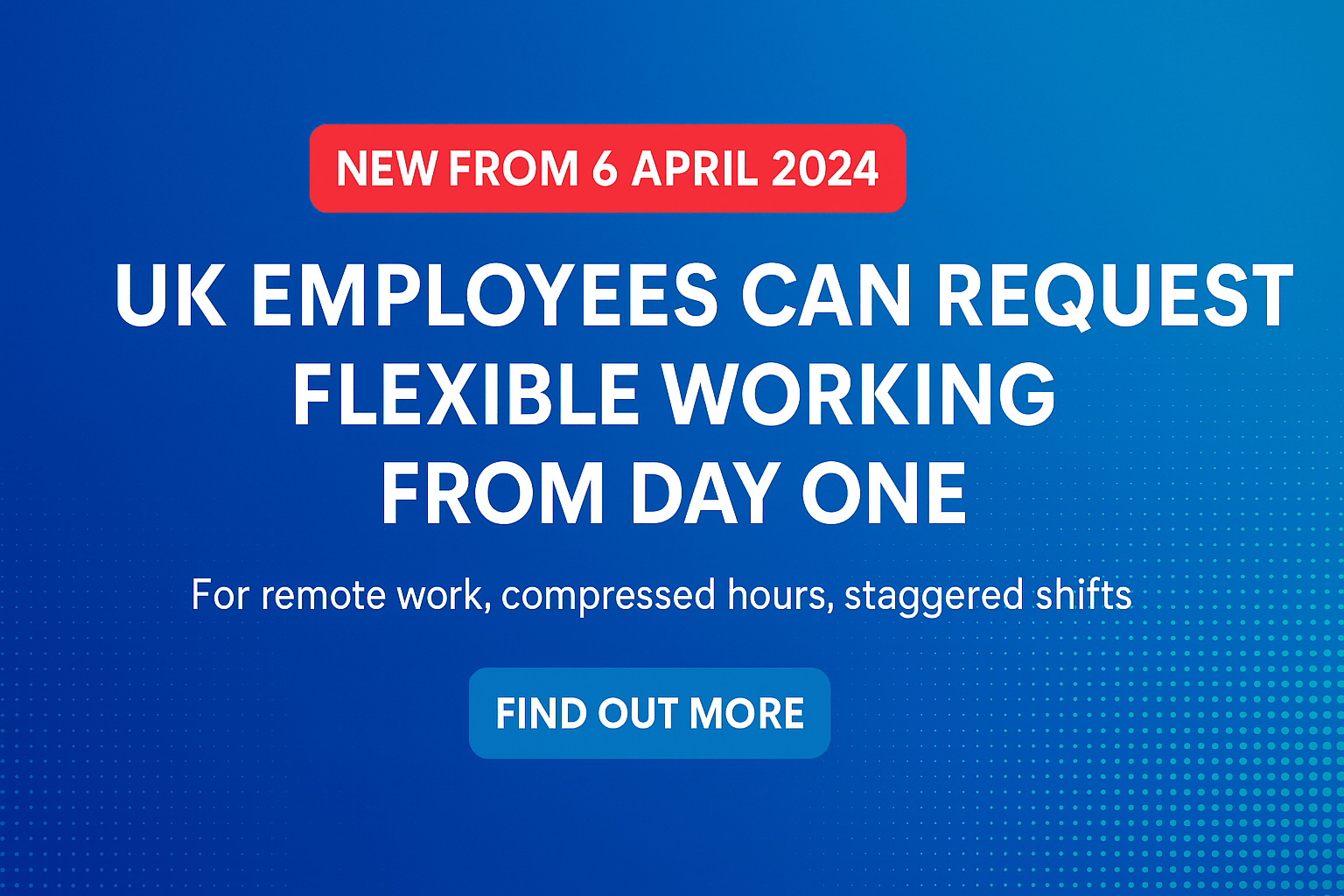Top Tips To Support Your Employees

Supporting your employees is critical in this day and age, why? Employees are your greatest assets in keeping your organisation a brand people love on the market, so it’s essential that those employees feel happy and satisfied in your organisation because, after all, they’re looking after your clients today. The importance of supporting employees cannot be overstated, as it directly contributes to organizational success and overall workplace productivity.
Happy employees = Happy clients!
An employee support system is all about bonding emotionally and connecting individually to every employee of the organisation. The way an employer communicates and supports staff can significantly affect employees’ emotions and mental health. But what makes that employee feel connected to your company? The reason might differ from person to person. Some workers prefer better benefits, while others place more value on recognition.
So, your employer should ensure being flexible to every employee of the organisation so that no one feels left out. It is the employer’s responsibility to deliver a favourable culture for employees, which is paramount for a happy and healthy workplace, but what do you need to do to support this?
This blog covers our suggestions when it comes to staff support and occupational health.
Introduction: Why Supporting Employees Matters
Supporting employees is more important than ever in today’s fast-paced work environment. When employees feel valued and supported, their mental health and overall wellbeing improve, leading to greater job satisfaction and a more positive work life. Employers who focus on supporting employees help reduce work related stress and create a workplace where people feel comfortable discussing mental health issues and seeking help when needed. This not only enhances employee engagement but also boosts productivity and helps manage stress more effectively. By creating a supportive and healthy workplace culture, employers empower their teams to achieve a better work life balance, feel more engaged, and contribute to the long-term success of the organization. Ultimately, investing in employee support is investing in the health and productivity of your entire workforce.
Better recognition
Employee recognition is one of the best practices to engage and support employees, making it a significant method to promote employee engagement and support each employee.
Most companies have a set of values, but not every business will recognise employees for their hard work.
Companies should understand that employee recognition programs are the best way to highlight employees’ efforts and dedication towards the company.
And recognising them publicly not only boosts their confidence but also helps engage employees and fosters a sense of belonging by showing their peers that any hard work will be noticed and rewarded.
Have weekly fun activities
Sparing out some time for fun activities might seem counterintuitive, but enforcing recreational activities can really help your employees feel appreciated and improve the company’s culture.
Some of these activities can take place in the office, such as office games or wellness challenges that encourage participation and engagement.
Companies like yours can also dedicate a particular day or half-day for these sorts of activities, which can include not only playing games but also physical wellness challenges, holidays, team lunches, celebrations, days out etc.
Offer bonuses
Pay is just one aspect of compensation. There’s more to a job than just a payday. Proposing small employee perks or gifts can help employees feel valued and, in turn, more active.
You can also offer employees additional perks and recognition to support their wellbeing, such as flexible schedules or wellness programs. Consider giving out gift cards or offering bonuses like free lunches to show your employees that their company cares about their happiness.
Support work-life balance
Don’t let stress or burnout conquer your employees, leaving them exhausted and unmotivated. We all believe that employees are not robots and need a proper break to feel fresh and rejuvenate their minds. Offering time off is essential for reducing stress and supporting health at work, helping employees maintain their well-being and productivity.
So, sometimes companies like yours should offer them a day off or a week off from their unused leaves so that they return to work fresh and efficiently.
But how do you manage the absence of your employees effectively so that not many employees are absent on the same day?
Well, you can onboard an upscaling absence management software like ScheduleLeave for hassle-free absence management.
Flexible Work Arrangements
Flexible work arrangements are a powerful way to support employees and promote a healthy work life balance. By offering flexible working hours, remote work options, or compressed workweeks, employers give employees the freedom to manage their personal and professional responsibilities more effectively. This flexibility can be especially beneficial for those dealing with mental health issues such as anxiety or depression, as it allows them to create a work environment and schedule that best supports their wellbeing. In addition to flexible working, employers can offer other benefits like employee assistance programmes, which provide confidential support and resources for mental health and wellbeing. These initiatives not only reduce stress but also increase job satisfaction, helping employees feel supported and valued in their roles.
Be aware
Sometimes a lack of knowledge can lead to a lack of understanding, especially when it comes to being aware of the risk of stress and mental health issues. It is important that, as a leader, you understand what to look for and how to identify signs of stress, considering that various factors can contribute to employee stress and should be taken into account. By being able to pinpoint the causes and key indicators, you will be able to approach difficult discussions with more confidence, providing a better level of support.
Appreciate employee feedback
Your employees will certainly have lots of thoughts about the company, be it positive or negative, in the sense of improvement. Allow them to vocalise their thoughts and concerns. Open communication channels for regular feedback are essential to promote transparency and trust within the organization. Don’t take their feedback as criticism because your employees will never think badly about your company.
Leaders should encourage employees to talk openly about their concerns and suggestions. Honest opinions like employees need a coffee machine or need a relaxation space can help enhance the workplace for everyone.
Remember: Use their feedback as a solid weapon to craft a robust roadmap that helps boost employee engagement and slash turnover rates.
Measuring Success: How to Know Your Support is Working
To ensure your employee support initiatives are making a real difference, it’s important to measure their impact. Employers can track key metrics such as employee engagement scores, absenteeism rates, and productivity levels to gauge the effectiveness of their support strategies. Regular employee engagement surveys provide valuable insights into how supported and valued employees feel, while also highlighting any concerns or areas for improvement. Gathering feedback directly from employees helps employers understand what’s working and what needs to be enhanced, allowing for continuous improvement of support initiatives. By staying responsive and data-driven, organizations can create a more supportive and inclusive workplace where employees are empowered to thrive.
Conclusion and Next Steps
Supporting employees is the foundation of a healthy, productive, and successful workplace. By prioritizing mental health, employee engagement, and a supportive culture, employers can expect to see significant benefits, including higher productivity, reduced absenteeism, and improved overall wellbeing. Taking steps such as offering flexible work arrangements, providing access to employee assistance programmes, and promoting a positive workplace culture are essential for supporting employees. To ensure these initiatives are effective, employers should regularly measure their impact and seek feedback from employees. Next steps might include launching an employee engagement survey, developing a comprehensive support strategy, and providing training and resources to managers and teams on mental health and wellbeing. By taking a proactive approach, employers can create a supportive environment where employees feel valued, engaged, and ready to contribute to the long-term success of the business.
Supporting your employees has always been the right key to running a successful organisation, satisfying your clients to the core. Always remember the formula for a healthy organisation is happy employees who are ready to run with a dedication to achieving business success.
Managers and senior managers play a crucial role in setting an example and providing support to employees. By fostering a culture of respect, they help support people and create a positive workplace environment. Organizations should provide support for both psychological and physical and mental health needs, including for those with a disability. Making reasonable adjustments for employees with disabilities is essential to ensure everyone can thrive at work. Employee assistance programmes and other services offer confidential support, counseling, and resources, which benefit both employees and the organization. For example, providing access to mental health support or wellness plans are practical ways to help staff. Other examples include offering flexible work arrangements and listening schemes, which can improve well-being and motivation. These initiatives not only support people but also contribute to a more productive and engaged workforce.



